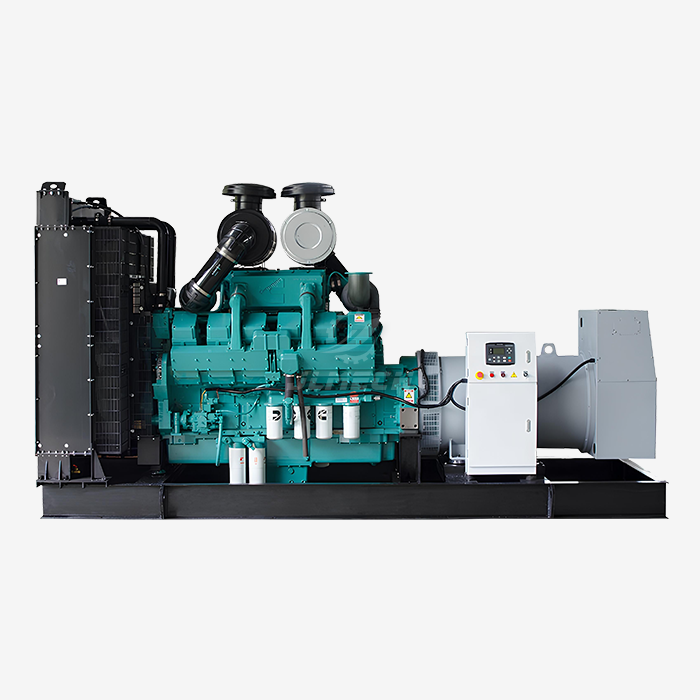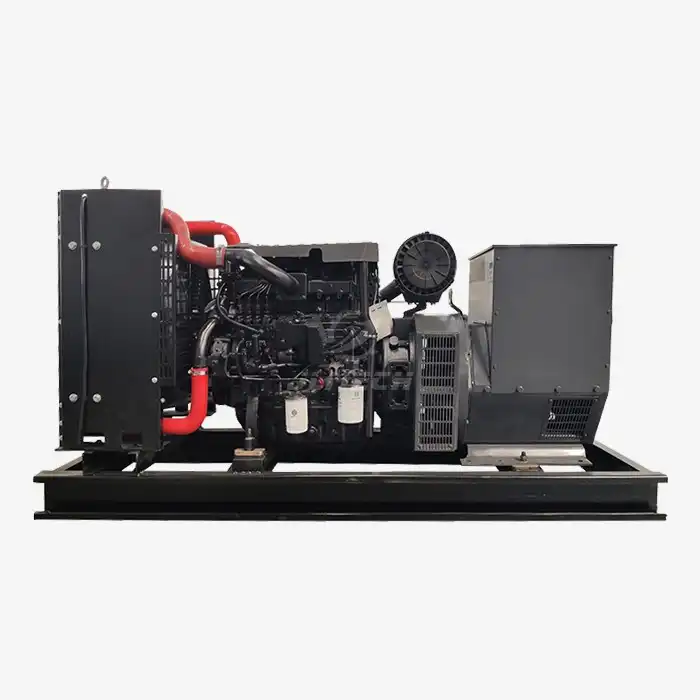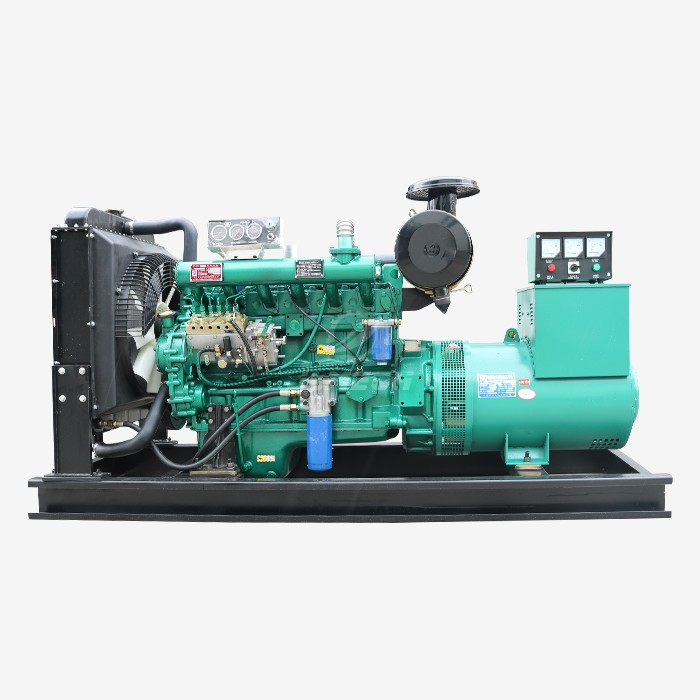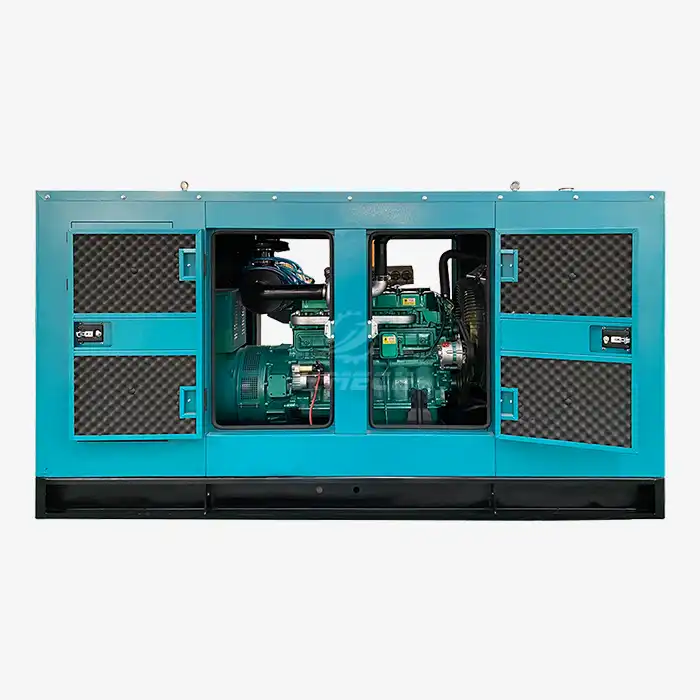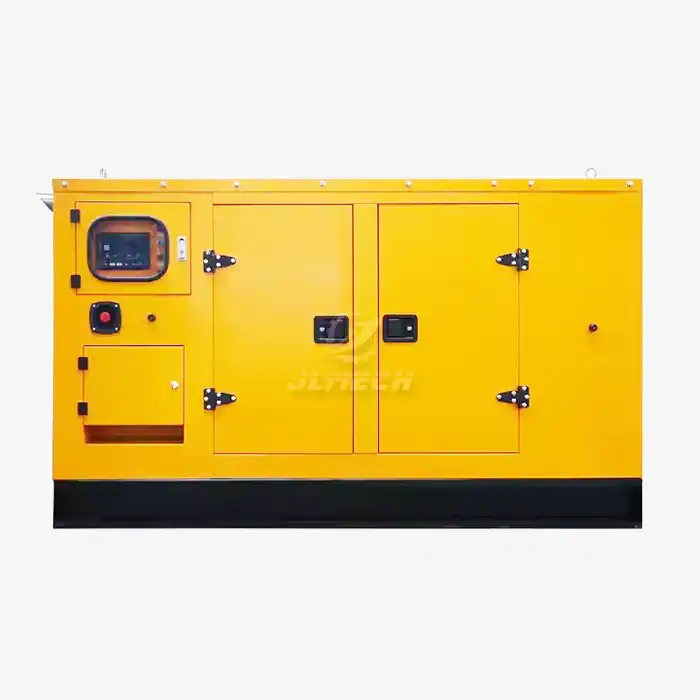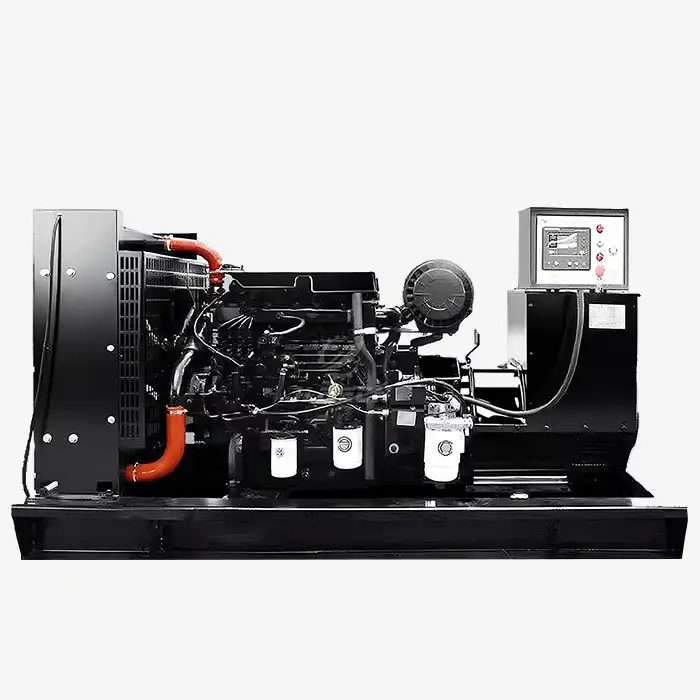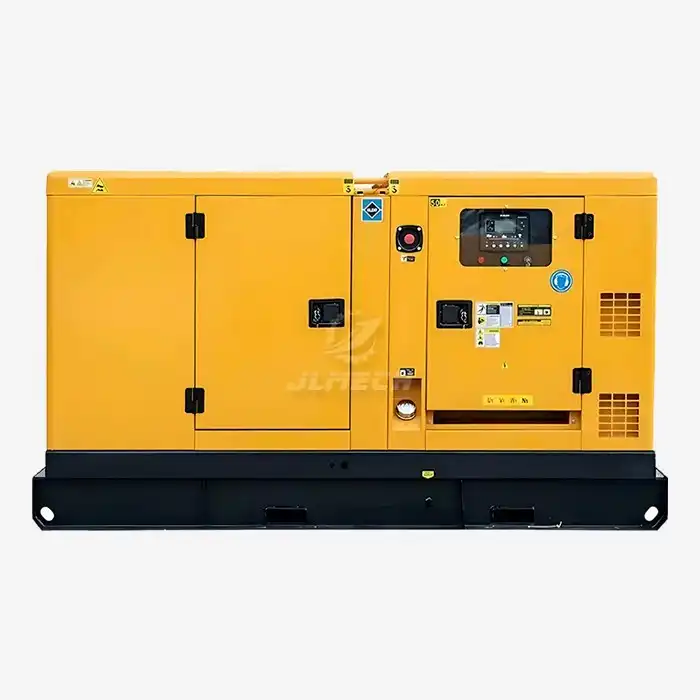Can you smoke near a generator?
No. Smoking near a generator is extremely dangerous and should never be allowed under any circumstances. This is a critical safety rule that protects lives and property. Ignoring this warning creates a preventable risk of fire or explosion. At JLMECH, we prioritize safety above all else, and understanding this hazard is essential for anyone operating or working near power generation equipment.
The Science Behind the Danger
The prohibition is rooted in fundamental physics and chemistry. Two primary factors make smoking near generators a high-risk activity:
Flammable Fuel Vapors: Diesel and other generator fuels release flammable vapors. These vapors are heavier than air and can accumulate around the generator, especially in enclosed or poorly ventilated areas. An open flame from a lighter or a glowing cigarette tip provides a ready ignition source, potentially causing a flash fire or explosion.
Hot Surfaces: A generator’s exhaust system and engine operate at extremely high temperatures. A stray ember or accidental contact between a cigarette and these hot components can easily ignite combustible materials. Furthermore, these hot surfaces can themselves ignite fuel vapors without a direct flame.
It is also important to note that these risks are separate from the documented health hazards of inhaling generator emissions, which contain harmful substances like carbon monoxide and particulate matter. Introducing smoking into this environment compounds the health risks for the individual.
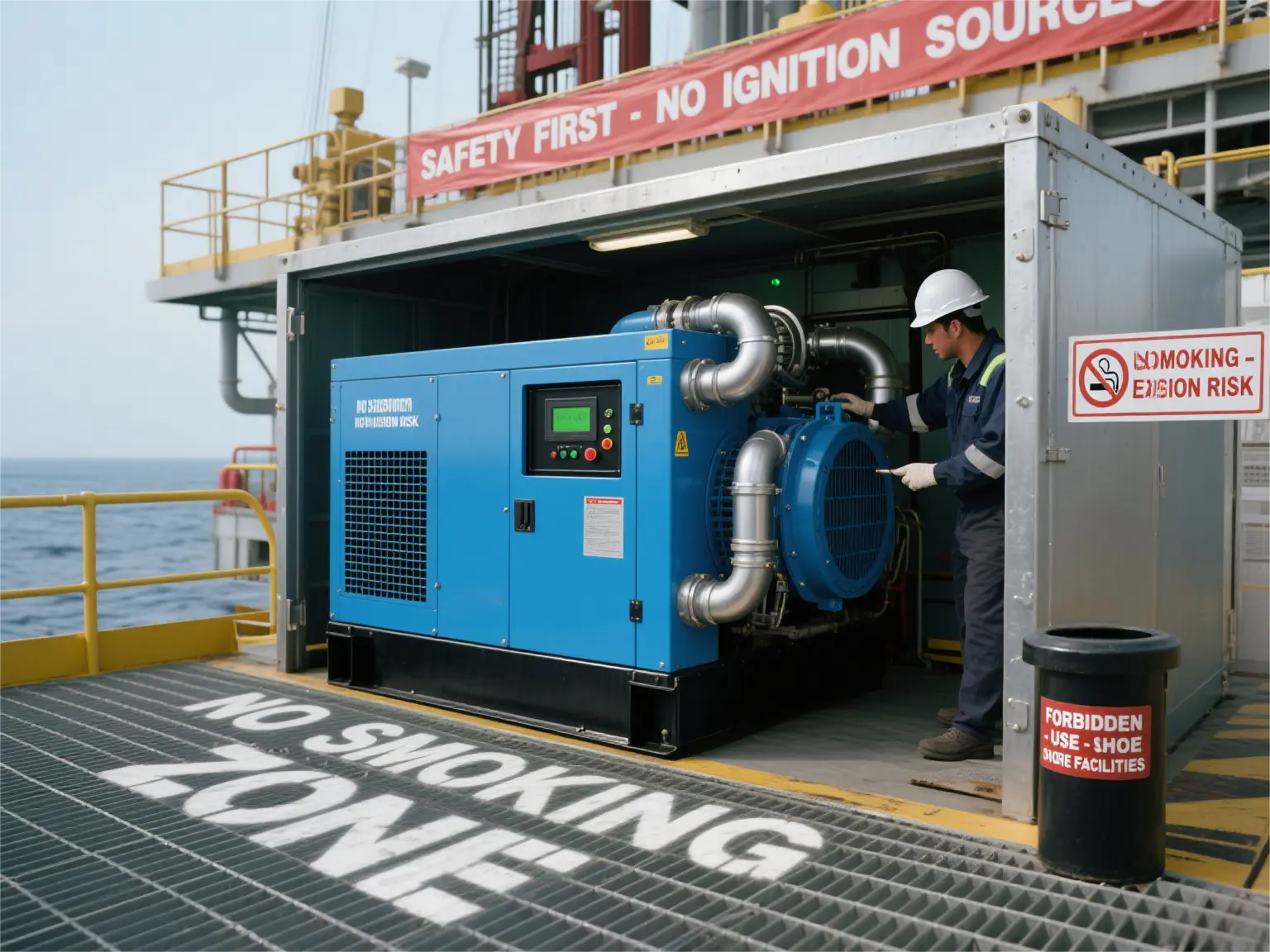
How to Prevent Danger and Ensure Safety
Mitigating this risk requires establishing and enforcing clear safety protocols. Here are the essential steps to ensure a safe worksite:
Establish a Strict No-Smoking Zone: Designate a minimum safety perimeter of at least 20 feet (6 meters) around the generator. Mark this area clearly with "No Smoking" signs.
Ensure Proper Ventilation: Always operate the generator in a well-ventilated, open area. This helps disperse any flammable vapors and reduces the concentration of harmful generator emissions.
Implement Safe Refueling Procedures: Never smoke during refueling. Always turn off the generator and allow it to cool completely before adding fuel to prevent igniting vapors from spilled fuel.
Prioritize Education: Ensure all personnel, visitors, and subcontractors on site are aware of the no-smoking rule and understand the severe consequences of violating it. Consistent enforcement is key to maintaining a safe environment. Proper handling of fuels and awareness of generator emissions are part of comprehensive site safety knowledge.
Conclusion: Prioritize Safety with Expert Partners
The question of smoking near a generator has a simple and non-negotiable answer: it is strictly prohibited. Adhering to this rule is a fundamental aspect of responsible generator operation and worksite management. There is no scenario where the convenience of smoking justifies the potentially catastrophic risks of fire, explosion, or severe health impacts from combined exposure.
At JLMECH, we combine extensive expertise in power generation with an unwavering commitment to quality and safety. We engineer our generators to the highest standards of performance and reliability, providing you with equipment you can trust to power your projects without compromising on safety.
Our expert team is ready to help you select the most suitable and safe generator for your specific requirements, ensuring compliance with all necessary safety protocols.
Contact us for a consultation on safe power solutions. Email us at skala@whjlmech.com to learn about our customized products and services designed to meet your company's unique power needs safely and efficiently.
References
National Fire Protection Association (NFPA). (2021). NFPA 37: Standard for the Installation and Use of Stationary Combustion Engines and Gas Turbines. Quincy, MA.
Occupational Safety and Health Administration (OSHA). (2023). Control of Hazardous Energy (Lockout/Tagout). OSHA Standard 1910.147.
International Agency for Research on Cancer (IARC). (2014). IARC Monographs on the Evaluation of Carcinogenic Risks to Humans: Diesel and Gasoline Engine Exhausts and Some Nitroarenes. Lyon, France: World Health Organization, 105.
Energy Market Authority of Singapore. (2023). Singapore Stricter Carbon Emission Limits on Power Generation Facilities.



